Can a dog kennel be converted to a shed to over-winter daylilies
janepa
16 years ago
Related Stories
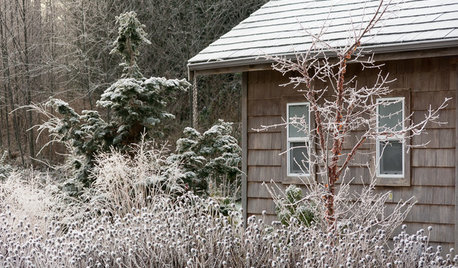
WINTER GARDENINGLook Beyond Plants for a Wonderful Winter Garden
Use sculptures, fences and other structures to draw the eye to a bare-bones landscape
Full Story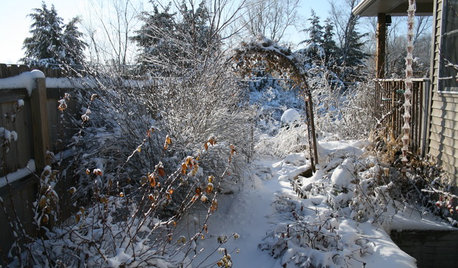
LIFE6 Ways to Beat the Winter Blahs
Snow and dark days dampening your spirits? These ideas will have you looking on the bright side
Full Story
LAUNDRY ROOMSThe Cure for Houzz Envy: Laundry Room Touches Anyone Can Do
Make fluffing and folding more enjoyable by borrowing these ideas from beautifully designed laundry rooms
Full Story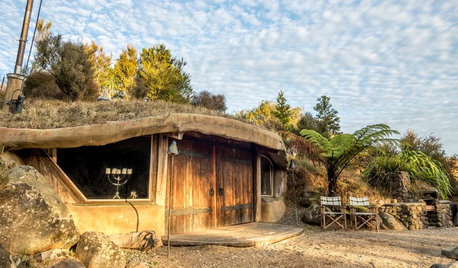
FUN HOUZZWe Can Dream: Hobbit Houses to Rule Them All
Escape the real world and explore your Middle-earth fantasies
Full Story
DREAM SPACESWe Can Dream: Nurturing Escapes for Penning a Poem
16 picturesque hideaways built to inspire contemplation and a favorite slow art form
Full Story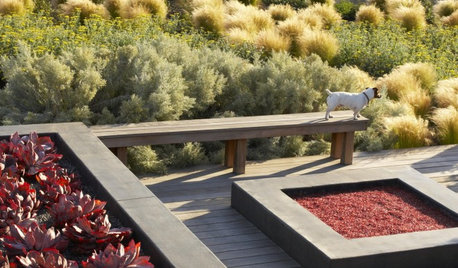

MOST POPULARHow to Add a Backyard Shed for Storage or Living
Need a home office, a playspace or extra room for your stuff? Learn about off-the-shelf, prefab and custom sheds
Full Story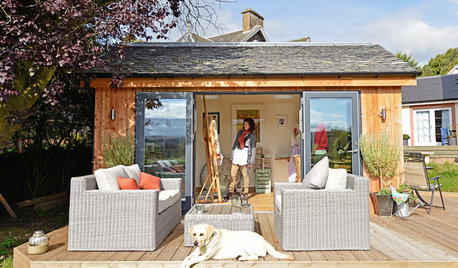
MOST POPULAR11 Nominees for the ‘She Shed’ Hall of Fame
These special sanctuaries let busy women get away from it all without leaving the backyard
Full Story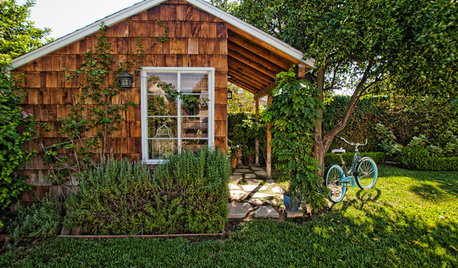
BACKYARD IDEAS7 Backyard Sheds Built With Love
The Hardworking Home: Says one homeowner and shed builder, ‘I am amazed at the peace and joy I feel when working in my garden shed’
Full Story
PETSSo You're Thinking About Getting a Dog
Prepare yourself for the realities of training, cost and the impact that lovable pooch might have on your house
Full Story


agardenstateof_mind
janepaOriginal Author
Related Professionals
Allen Landscape Architects & Landscape Designers · New Bedford Landscape Architects & Landscape Designers · Rancho Cordova Landscape Architects & Landscape Designers · Brownsville Landscape Contractors · Dallas Landscape Contractors · Dunwoody Landscape Contractors · Federal Way Landscape Contractors · Gainesville Landscape Contractors · Gresham Landscape Contractors · Lake Zurich Landscape Contractors · Seven Hills Landscape Contractors · Glen Avon Solar Energy Systems · Champlin Solar Energy Systems · Quincy Solar Energy Systems · Shelton Solar Energy Systemsbirdwidow
greenhouser
agardenstateof_mind
janepaOriginal Author